Enabling
Ecological
Sustainability

Enabling
Ecological
Sustainability
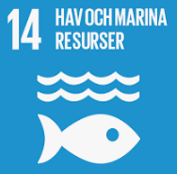

An initiative to increase
biodiversity and carbon
sequestration.
About us
Ecological sustainability is about caring for natural resources in the long term,
so that they can continue to supply a growing population and future
generations with what is needed.
1415 offers companies to restore and improve biodiversity and increase
carbon sequestration through Swedish local nature-based projects.
Three ecological areas
Important ecological areas (IEAs) are habitat areas which, either by themselves or in a
network, contribute significantly to an ecosystem’s productivity, biodiversity, and resilience.

Emission reduction and
increased carbon sequestration
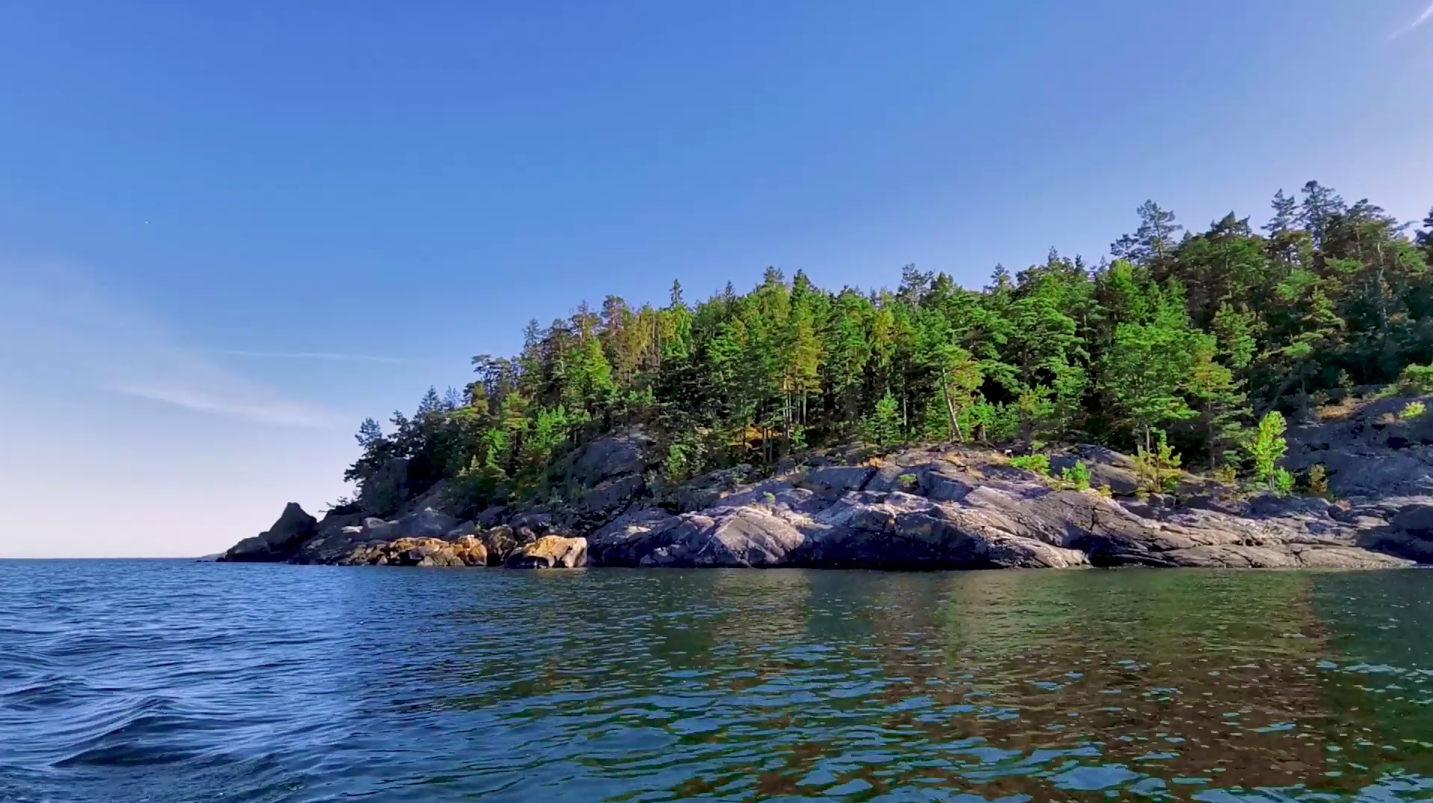
Conserve and enhance marine and coastal ecosystems
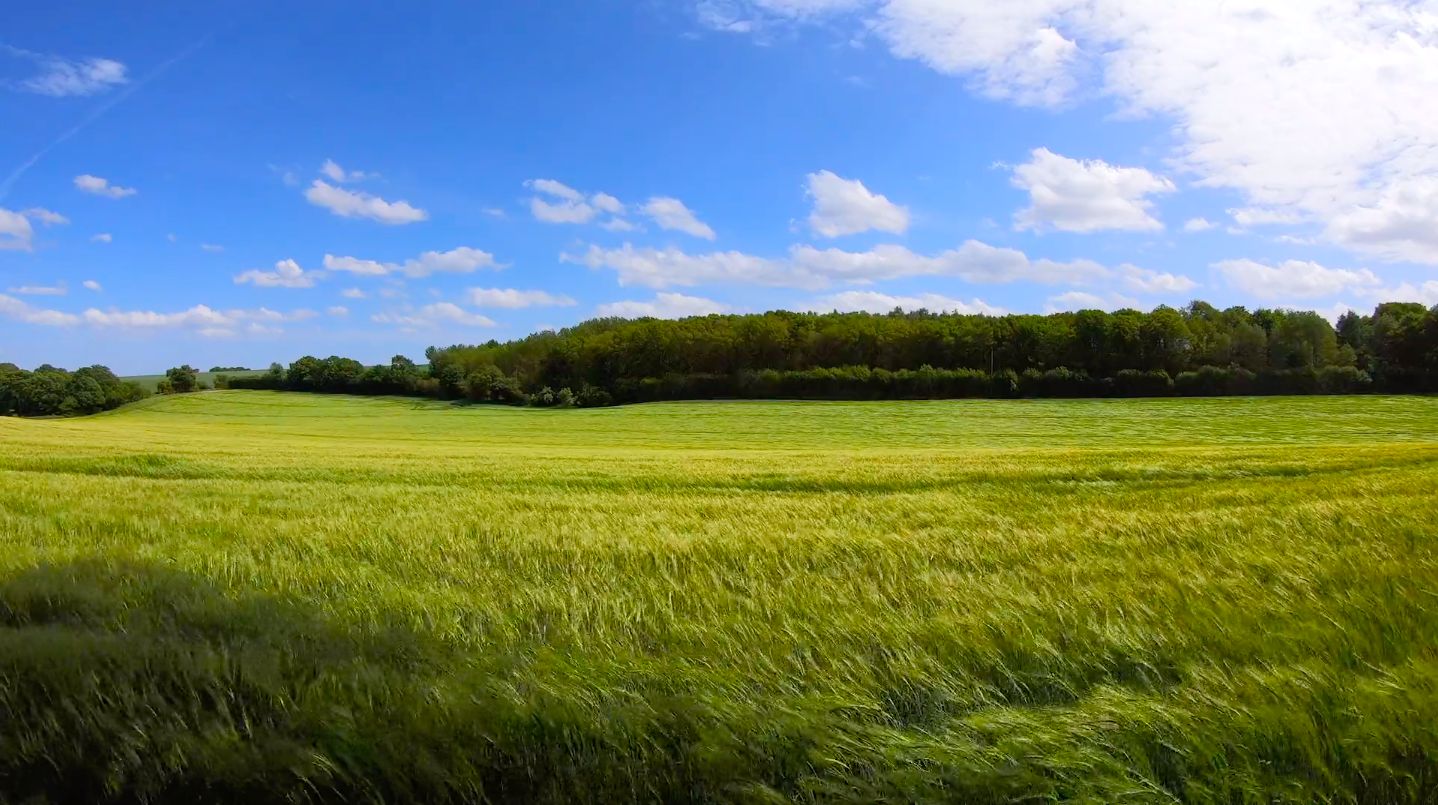
Restore and enhance terrestrial ecosystems
To work with two tools at the same time to reach net zero emissions to the atmosphere.
The Paris Agreement – Article 5
Accelerate the carbon sink
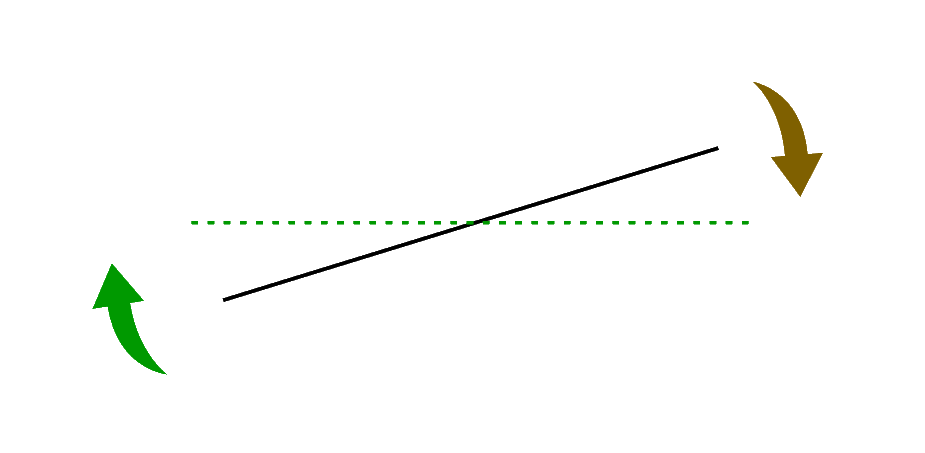
The Paris Agreement – Article 4
To actively reduce emissions
Source: World Economic Forum – The Global Risks Report 2023
Source: Thomas Helm, IFLR 1000
Two of the most pressing environmental problems of the 21st
Century – climate change and biodiversity loss are strongly
linked together.
We need to work with at least four tools:
• Reduction of carbon emission
• Mitigate the loss of biodiversity
• Increase the carbon capture.
• Strengthen biodiversity (ecosystems and their services)
In the company’s communication, describing and demonstrating
how to carry out the measures in practice is essential, which
creates trust with customers.
Sustainability is not a competition. It is not about being
the best. It’s about being better than you were yesterday.
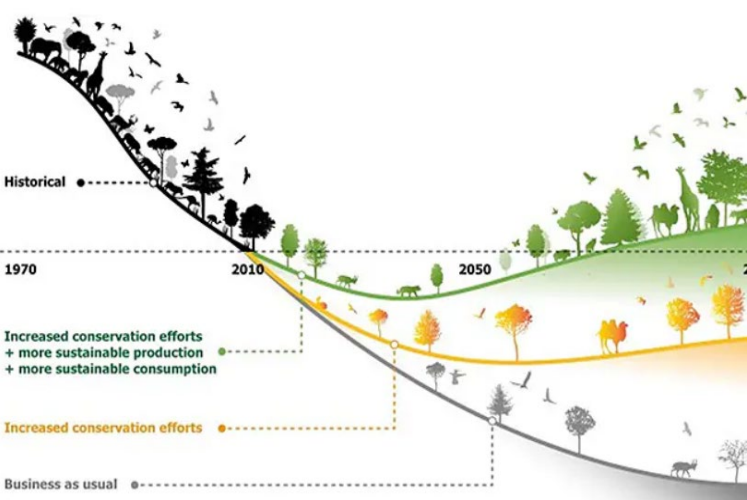
Source: UFZ – Helmholtz – Centre for Environmental Research
How does sustainability work benefit the business
• Integrated sustainability work attracts new customers and benefits sales.
• Companies with initiated biodiversity and climate work show that they take responsibility for the environmental and climate impacts the business creates.
• Strengthens the brand as a responsible company – an obvious business partner.
• Strong employer branding – continue to be an attractive company by supporting the transition to an environmentally friendly and fossil-free society.
• Involve the staff in the company’s sustainability work. For example, take photographs and film when employees plant trees, documentation is used in internal and external communication.
Business proposal
We propose a combination of projects to increase biodiversity and carbon offset.
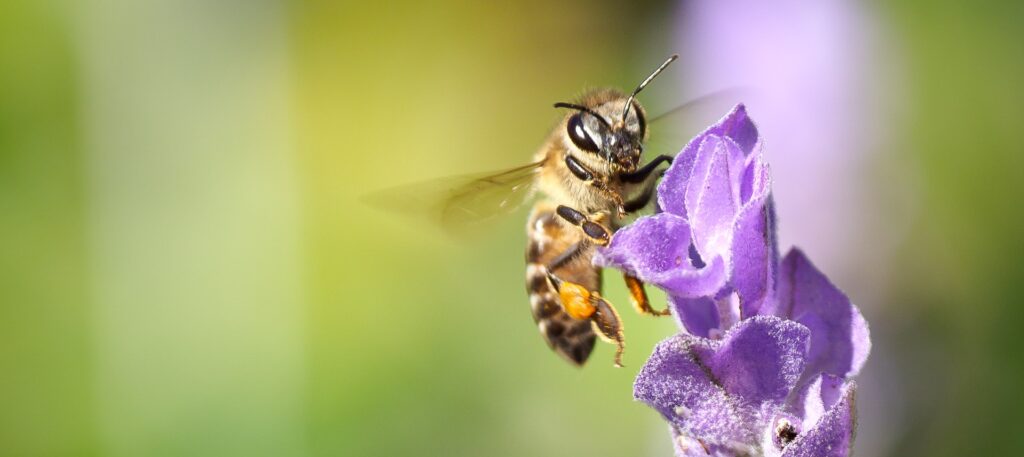
1. Biodiversity – Restoring and improving land-based ecosystems with a
focus on improving habitats for pollinators which over time ensures higher
productivity from agriculture and thus food supply for a growing population.
Latest news from EU – A new deal for wild pollinators.
Commission boosts action on pollinators (europa.eu)
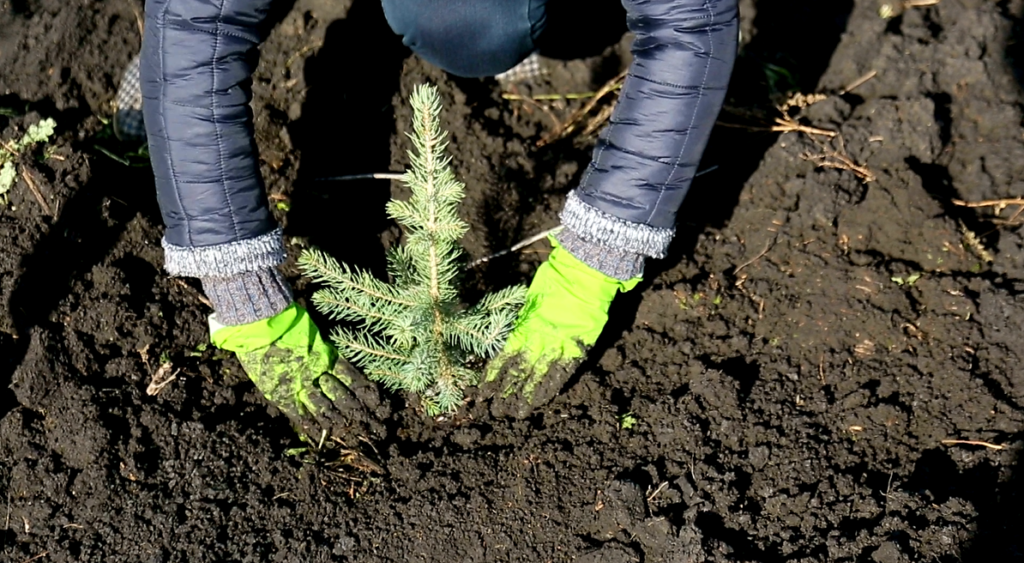
2. Afforestation – Plant new trees in Sweden to offset the company’s carbon
emissions. The planting focuses on offset, but we want to avoid a
monoculture by planting only spruce and pine. Therefore, the planting must
contain at least 10% deciduous trees and, in addition, 5% of the area must
be planted with trees such as sallow, rowan, and hawthorn, which favor
biodiversity as they have among the highest values for pollen and nectar.
1. Project description - Pollinators The loss of pollinators weakens ecosystems and, thus, ecosystem services. When problems arise in ecosystem services, it directly causes disruption to the global food supply
• Bushes are planted within the boxes: guelder rose and blackberry.
• 4 sand beds are created in red areas (5m length, 3m width, 0.5m height).
• Construction of a small wetland in the blue area.
• Three straw bales (round bales) are placed at yellow dots.
• A border zone (6-8 meters) around the area is prepared, and then the bee field mixture is sown, which contains both nectar and pollen plants.
• Rock slabs are exposed to the sun to create warm surfaces at the green circles.
• Ten birch trees are felled and left on the site to become dead wood.
• A traditional flower meadow will be created in the central part of the area.
• Ancient remains (each project and measure within the project take ancient remains into account).
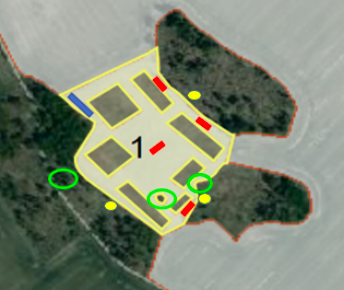
2. Project description - Afforestation (NYPL)
Establish new forests and increase the carbon sink
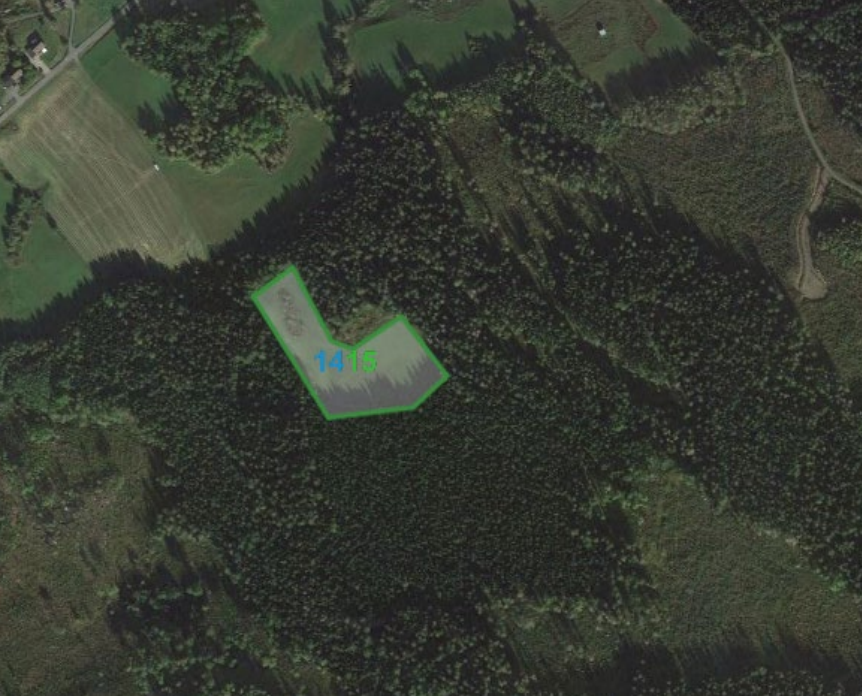
Planting forests is an effective way to increase the carbon sink in the long term, as it reads in the Paris
Agreement Article 5. Also, planting tree species that contribute to biological diversity is very important.
At least 15% of the area is planted with sallow, rowan, hawthorn and other deciduous trees.
The carbon dioxide sequestration corresponds to 200 tonnes (200,000 kg) per planted hectare.
Price: 180 SEK/tonnes
Visualizes the planting: Google Earth

